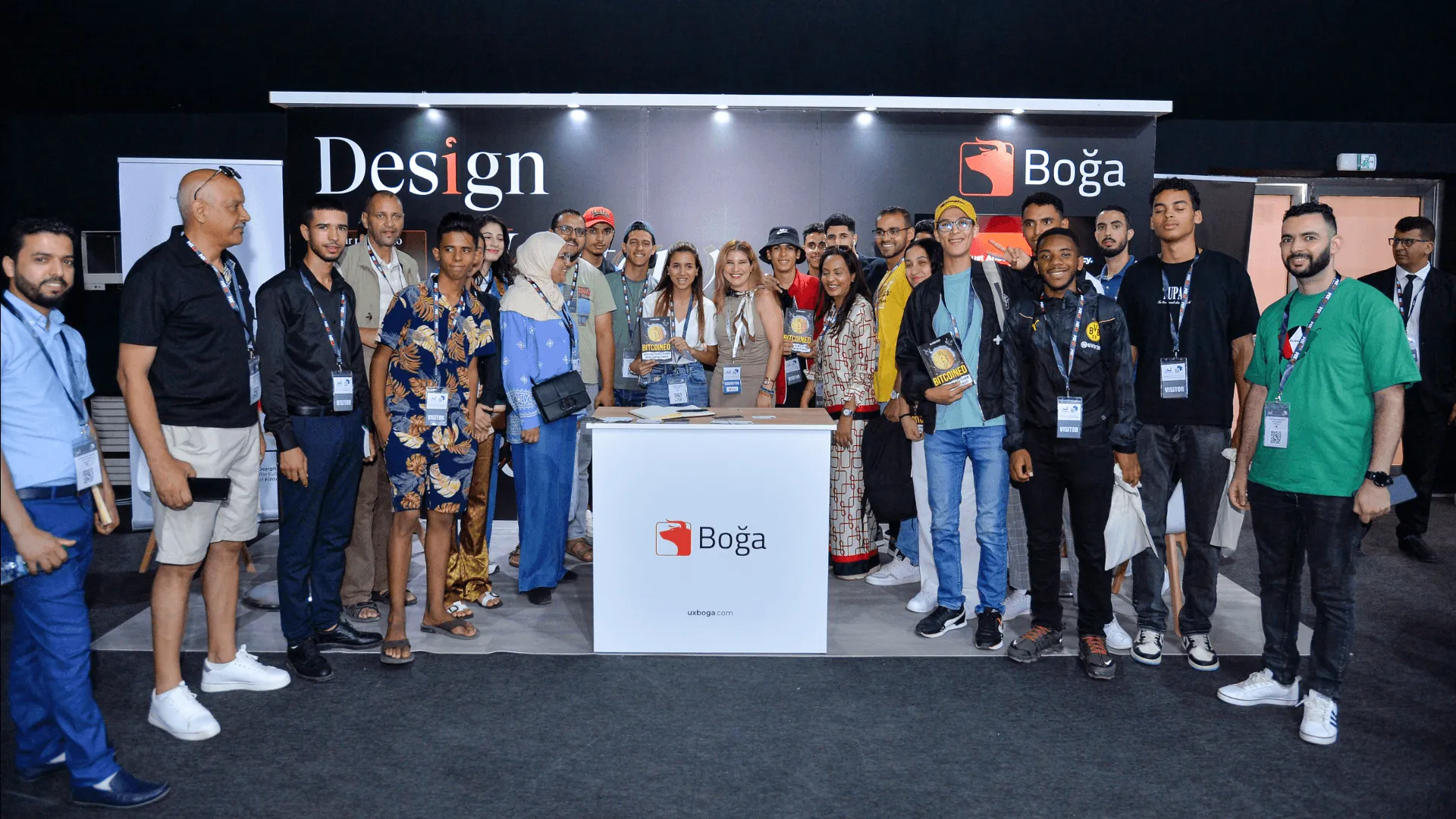The approach to value creation in Private Equity is evolving. The days of aggressive financial restructuring and ruthless cost-cutting are giving way to a new strategy—one that focuses on sustainable growth and tangible improvements in market and customer engagement.

This shift fundamentally alters the nature of the transformations being sought, the technologies being adopted, and the expertise required to drive value. Yet, while many fund managers acknowledge this evolution, few have equipped themselves with the necessary skills and techniques to truly capitalize on it.
This evolving landscape presents a unique opportunity for designers to take a leading role within the Private Equity industry. Designers bring a valuable mix of customer insights and practical delivery experience, which can significantly enhance the strategies used to increase a company's value.
The Evolving Role of Private Equity Managers
The primary objective of a Private Equity firm is to enhance the value of the companies they acquire. Over the past few decades, the methods used to achieve this have evolved, shifting from purely financial strategies to operational improvements that focus on revenue growth.
Today, nearly half of all value creation in companies is driven by operational improvements led by General Partners (GPs), with a growing emphasis on revenue expansion. This trend is likely to continue, especially in a high-interest-rate environment.
Recent trends have shown a move from cost-focused strategies to those centered on growth. This shift demands a new set of skills—not just operational efficiency, but a deep understanding of what drives customers to make purchases year after year.
In response, Private Equity firms of all sizes are ramping up their recruitment of Value Creation teams, bringing in sector-specific and functional expertise to lend credibility to their transformation strategies.
Among these skillsets, one powerful yet often misunderstood or overlooked domain is Design.
The Business Impact of Design
Design, particularly human-centered design, has emerged as a critical lever for companies to create value. As businesses increasingly rely on digital interfaces and systems, their success is ever more dependent on these systems' ability to effectively engage with customers and employees.
The financial impact of design is significant. A McKinsey study found that companies with higher design maturity outpaced their industry peers in revenue growth by 32 percentage points and total returns to shareholders (TRS) by 56 percentage points over a five-year period.
Despite this, the Private Equity sector has been slow to integrate design into the value creation process. Where designers are involved, they often remain confined to execution, focusing on "delivering screens" rather than contributing to upstream analysis and strategy.
Design as a Competitive Advantage
We believe there is untapped potential in leveraging modern design techniques for investment success.
By incorporating a more nuanced understanding of the customer-product-market relationship into the investment process, managers can identify and exploit value creation opportunities that others might overlook. Simply put, companies that excel at understanding and serving their customers will outperform their competitors.
This approach is especially relevant in sectors like fintech, where innovation and customer-centricity are paramount, and customer-driven growth is the primary driver of value creation.
Private Equity firms focusing on fintech, for instance, can benefit greatly by employing design-thinking approaches to better understand user needs, streamline product interfaces, and enhance overall user experience, which in turn drives customer loyalty and revenue growth.

These examples showcase how leading Private Equity firms integrate design into their investment processes.
Leveraging Qualitative Insights for Investment Success
Most investors are increasingly reliant on quantitative data, which is becoming more accessible and sophisticated. While data-driven approaches are valuable, they often lead to similar conclusions among investors, making it difficult to gain a competitive edge.
Furthermore, quantitative research typically tells us what is happening, but not why. Understanding the "why" is crucial for developing strategies that create value.
As Howard Marks eloquently put it: "Success in the highly competitive field of investing is more likely to be the result of superior judgments about qualitative factors and future events."
To build a competitive advantage, investors should focus on qualitative insights, particularly a deeper understanding of the customer-product-market relationship.
This can be achieved by employing advanced design and behavioral research techniques to uncover the context and motivations behind the numbers. This approach includes:
Focusing on Behavioral Drivers: Conduct in-depth qualitative research, often involving customer and user interviews, to explore specific product-customer-market dynamics.
Utilizing a Broad Range of Research Techniques: Depending on the investment thesis, deploy various professional design and product research methods to enhance due diligence and value creation plans.
In-House Expertise: Ensure that customer interviews and research are conducted by in-house design and behavioral specialists, immersing the investment and management teams in the customer mindset.
Contextual Inquiry: Prioritize observing and interacting with customers in their natural environments, providing a more accurate view of genuine customer behavior.
While quantitative methods remain an integral part of an evidence-based approach, it is essential to recognize the limitations and complement them with qualitative insights, particularly in high-risk, innovation-driven sectors like fintech.

Building Credibility and Conviction Before Investment
Rigorous due diligence is essential in Private Equity, yet too often, value creation strategies hinge on gut-feel assumptions rather than evidence-based insights.
In design disciplines, prototyping is a standard practice used to test the potential impact of design interventions before committing significant resources. Prototypes can range from simple representations of a target design to more elaborate models that test specific dynamics.
In the past two decades, the cost of conducting experiments has decreased significantly, thanks to modern growth marketing and experimentation techniques. These methods allow companies to validate ideas cost-effectively before committing to them.
Prototypes also provide valuable insights into a product's unit economics. For instance, by running smoke tests— driving highly segmented traffic to pre-release landing pages and conversion points — we can measure customer acquisition costs and predict returns.
Prototypes, in their broadest sense, not only help validate value creation plans but also enable more accurate quantification before making an investment.
Transforming the Private Equity Firm
Integrating design into the investment process requires adapting the Private Equity firm to accommodate new talent, processes, and technologies.
Several leading firms are already making this shift:
Sequoia Capital: A renowned venture capital firm that places a strong emphasis on design thinking and user experience to drive growth in its portfolio companies.
Andreessen Horowitz: Another major player in the venture capital space, known for its dedicated design partners who work closely with startups to refine product design and enhance user experience.
Kleiner Perkins: A prominent venture capital firm that incorporates design expertise in its investments, particularly in sectors like fintech, where user experience is a critical driver of success.
While the exact combination of strategies will vary by firm, the following people, processes, and technologies provide a solid foundation for integrating design into the investment process.
People
Hire multidisciplinary designers with expertise in Research, Product Design, and Brand Design. Seek designers with hybrid backgrounds in sales, marketing, or engineering, as they are more likely to drive cross-functional collaboration and performance.
Build a "vertical network" that includes not only executive and board-level contacts but also end-users and customers who offer detailed insights into product and service performance.
Process
Implement a double diamond design process alongside Financial Due Diligence (FDD) and Commercial Due Diligence (CDD) streams, with clear points of convergence. The first "diamond" focuses on customer and market discovery, while the second diamond tests potential value creation levers.
Use prototypes to validate and quantify the impact of product or service interventions, creating "living" assets that align deal teams and managers on the way forward.
Establish a "design studio" environment that fosters collaboration with management, allowing them to participate in the design process and co-create strategies that all stakeholders support.

Technology
Invest in tools that accelerate customer research and engagement (e.g., NewtonX, Wynter, CustomerIQ, and Hotjar), as well as platforms that facilitate rapid prototyping and experimentation (e.g., Figma, Webflow, LinkedIn Ads, Google Ads).
Conclusion
We believe that leveraging modern design techniques offers a significant opportunity for investment success. As value creation increasingly focuses on customer engagement and growth, design methods can help identify and realize these opportunities more effectively.
By investing in qualitative insights, utilizing a wide range of product and brand interventions, and using prototypes to test our hypotheses pre-investment, we can create value where others may not see it.
Aug 12, 2024






